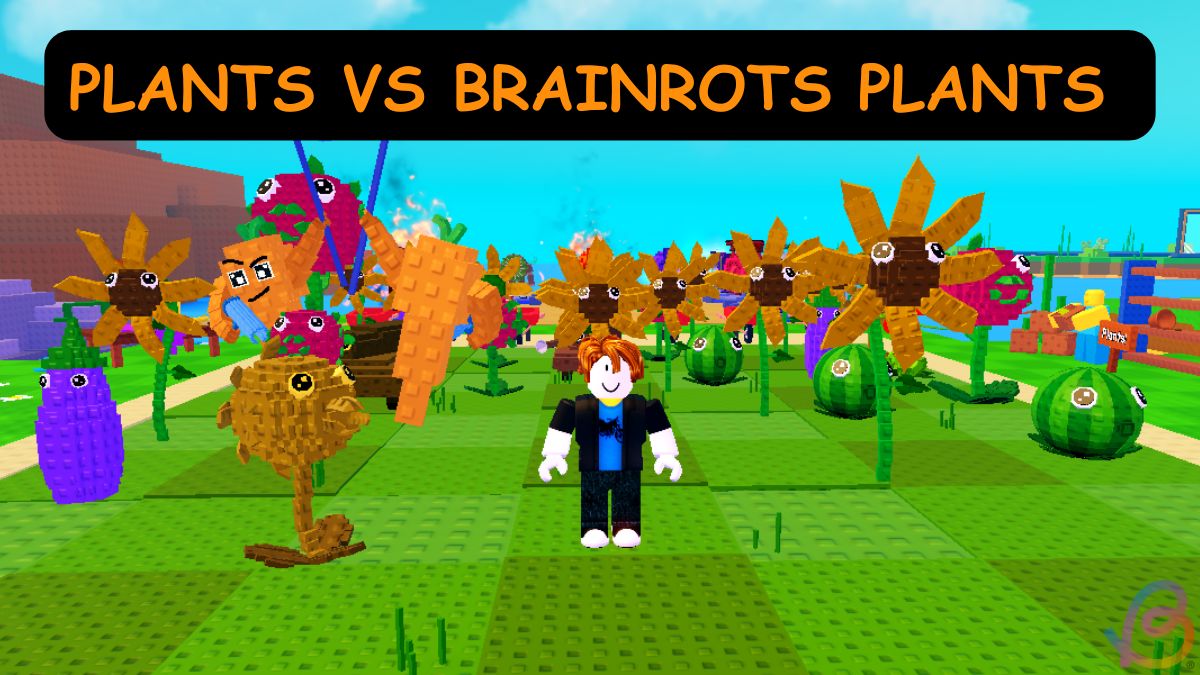In the ever-evolving world of finance and pop culture-driven investing, unique matchups often capture the imagination of retail and institutional investors alike. One such unexpected rivalry that has emerged is Plant vs Brainrot Stock. This peculiar comparison pits eco-conscious, green-focused investments against highly speculative, often meme-driven, or seemingly irrational stock choices—dubbed “Brainrot” stocks by critics. The contrast between these two types of stocks highlights a deeper debate within the investing community about sustainability versus speculation.

The term Plant vs Brainrot Stock symbolizes more than just a literal interpretation. “Plant” represents companies that align with environmental, social, and governance (ESG) values. These include renewable energy firms, organic agriculture businesses, and companies that prioritize sustainability. On the other side, “Brainrot” stocks are often linked to companies that gain popularity through internet hype, viral social media trends, or pure speculation with little regard to fundamentals. The clash of Plant vs Brainrot Stock has stirred conversations about ethics, long-term value, and investor psychology.
In recent years, the surge of interest in ESG investing has elevated the visibility of the “Plant” side in the Plant vs Brainrot Stock debate. Investors are now more aware of climate change, environmental degradation, and the social responsibilities of corporations. As a result, many are channeling funds into green tech, sustainable agriculture, and low-emission transport solutions. These Plant vs Brainrot Stock dynamics show how ethical concerns are driving investment decisions for a growing segment of the market.
Conversely, the rise of Brainrot stocks can largely be attributed to the gamification of investing. Platforms like Reddit’s WallStreetBets and the widespread use of zero-commission trading apps have made speculative investing more accessible than ever. In the Plant vs Brainrot Stock landscape, the “Brainrot” side tends to involve extreme volatility, short-term gains, and cult-like followings. While these stocks can generate explosive returns, they often crash just as dramatically, leaving many investors nursing losses.
Despite their differences, both types of investments offer lessons to modern investors. The Plant vs Brainrot Stock dichotomy forces market participants to confront their motivations. Are they investing for long-term impact and value, or are they chasing short-term thrills? The Plant side requires patience and often involves slower returns, while Brainrot stocks attract those seeking quick profits, often ignoring underlying business performance.
Market analysts have noted that the battle between Plant vs Brainrot Stock is also symbolic of generational divides in investing. Younger investors, influenced by digital culture and rapid news cycles, often lean toward Brainrot stocks due to their flashy narratives and viral appeal. In contrast, older and more experienced investors may favor Plant investments, viewing them as safer, more stable, and aligned with long-term goals. The Plant vs Brainrot Stock conversation, therefore, reflects broader societal shifts as well.
An interesting development in the Plant vs Brainrot Stock rivalry is the hybridization of both approaches. Some companies combine sustainable missions with charismatic branding, attracting both ESG-focused and speculative investors. These hybrid models blur the lines, proving that the Plant vs Brainrot Stock argument isn’t always black and white. Examples include electric vehicle startups that are both environmentally conscious and driven by social media excitement.
However, caution must be exercised when navigating the Plant vs Brainrot Stock terrain. Plant stocks, while rooted in good intentions, can be overvalued during green investing booms. Brainrot stocks, on the other hand, can leave unseasoned investors exposed to manipulation and pump-and-dump schemes. Understanding the risks and conducting proper due diligence is crucial regardless of which side of the Plant vs Brainrot Stock spectrum one chooses to engage with.
The regulatory environment is also responding to this trend. Financial watchdogs are paying closer attention to the hype surrounding Brainrot stocks, especially when they become tools for market manipulation. Simultaneously, governments are incentivizing Plant investments through tax benefits and subsidies, effectively putting a thumb on the scale in favor of sustainability. This state intervention influences the Plant vs Brainrot Stock balance, potentially reshaping the market landscape for years to come.
In terms of future outlook, the Plant vs Brainrot Stock divide may continue to widen or converge depending on broader economic trends and technological advancements. As climate change accelerates and demand for responsible investing increases, the Plant segment could see sustained growth. Meanwhile, if the appetite for risk remains high and the culture of virality persists, Brainrot stocks might retain their appeal. Thus, the Plant vs Brainrot Stock discussion remains a central theme in understanding the direction of future investing.
Ultimately, the Plant vs Brainrot Stock comparison offers more than just an amusing juxtaposition; it challenges investors to reflect on what matters most in their financial strategies. Whether you prioritize impact, stability, or excitement, the choice between Plant and Brainrot stocks speaks volumes about your values as an investor. The conversation isn’t just about stocks—it’s about philosophy, purpose, and the kind of future we’re all investing in.


